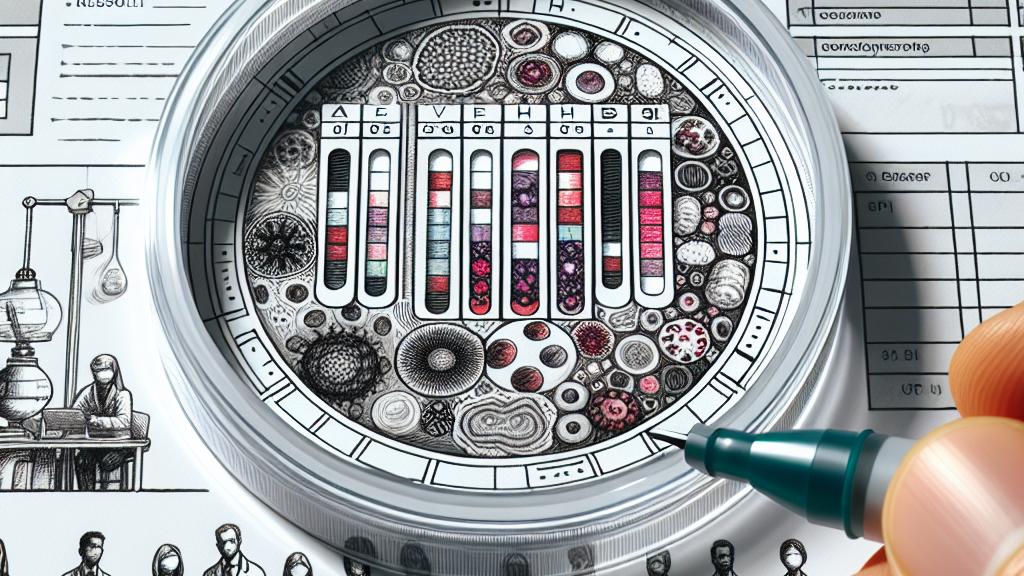Innovative Color-Changing Test Detects Salmonella Rapidly
Overview
- Revolutionary color-changing test allows for quick and easy salmonella detection in food.
- Results are available in under four hours, compared to traditional days-long methods.
- This affordable solution significantly enhances food safety, aiding countless food sectors.

Breaking New Ground in New York
In an impressive breakthrough that food safety enthusiasts will celebrate, a team of researchers from the University at Albany, New York, has unveiled a cutting-edge method for detecting salmonella: a color-changing paper test. Imagine being able to know if there’s contamination in hours rather than days—the potential for this technology is immense! Not only does this innovative solution swiftly confirm the presence of salmonella, but it also offers the capability to differentiate between common strains. This is vital because quick identification can significantly reduce health risks and enhance consumer confidence.
Advanced Molecular Techniques at Work
So, how does this remarkable test work? At its core, it employs CRISPR-Cas12a gene editing alongside recombinase polymerase amplification (RPA). Picture a simple paper strip that undergoes a vibrant transformation when salmonella is detected! Upon identification, the strip changes to a striking red, signaling contamination, while a clean sample results in an eye-catching yellow. This system is exquisitely sensitive—capable of detecting as few as 100 genome copies of salmonella. Furthermore, distinguishing between strains like S. Typhimurium and S. Enteritidis enhances outbreak tracking and informs treatment protocols. Such precision is not just a technical achievement; it represents a hopeful leap towards better food safety practices.
A Cost-Effective Answer to Food Safety Challenges
In addition to its rapid results, this innovative detection method shines in terms of affordability. With costs around 20 times lower per test than traditional methods, this breakthrough is a boon for the food industry. Consider this: salmonella outbreaks can lead to costly product recalls, serious health repercussions, and devastating damage to brand reputation. By providing swift, straightforward testing, this solution empowers everyone from food distributors to restaurant owners to maintain high safety standards. Whether utilized on a bustling restaurant floor or in a comprehensive food processing facility, the ability to quickly confirm food safety not only protects public health but also ensures the long-term integrity of our food supply chain. Isn’t it inspiring to think about how science can directly contribute to enhancing our everyday lives?

Loading...